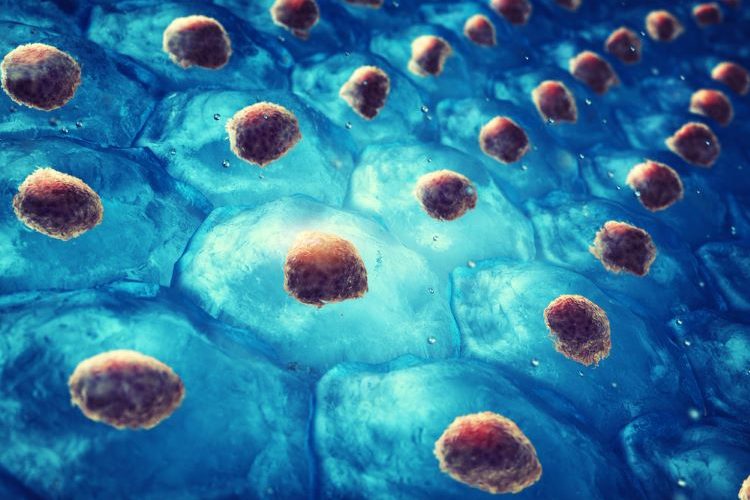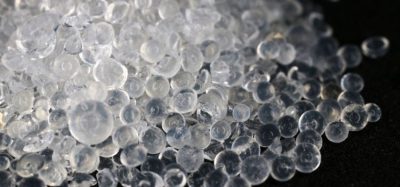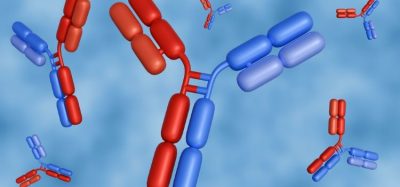Combination therapy facilitates optimal stem cell collection
Motixafortide plus standard stem cell therapy helped to “rapidly” mobilise stem cells in multiple myeloma, a Phase III trial has shown.
The combination treatment allowed the optimal numbers of stem cells to be harvested in over 92 percent of patients after two collection procedures.”
When used in combination with standard stem cell therapy, motixafortide significantly increased the number of stem cells that can be harvested, results from an international Phase III trial for multiple myeloma (MM) suggest.
The duo therapy allowed the optimal numbers of stem cells to be harvested in over 92 percent of patients after two collection procedures. This is compared with only 26 percent of patients who received the standard therapy, granulocyte colony stimulating factor (G-CSF), plus a placebo.
Multiple myeloma is a cancer of the blood and bone marrow. While some patients respond well to initial treatment, including chemotherapy and stem cell transplantation, nearly all patients relapse.
“Stem cell transplantation is central to the treatment of multiple myeloma,” stated senior author John F DiPersio, MD, PhD, from the Virginia E. & Sam J Golman Professor of Medicine. During transplantation, a patient’s own stem cells are harvested and stored while the patient receives chemotherapy. These stem cells are then returned to the patient.
However “some patients don’t see as much benefit because standard therapies can’t harvest enough stem cells for the transplant to be effective,” explained DiPersio. A minimum of two million stem cells per kilogram body weight are necessary for a stem cell transplant in patients with multiple myeloma, but greater than five to six million stem cells per kilogram body weight is considered optimal.
Combining motixafortide with standard stem cell therapy
DiPersio explained that the combination was shown to “rapidly” mobilise stem cells for MM in the study.
Compared with G-CSF alone, the researchers also found that stem cells harvested with motixafortide combined with G-CSF demonstrated a tenfold increase in the number of primitive stem cells that could be collected.
Primitive stem cells have greater potential to develop into a wider variety of blood cell types. This can increase their effectiveness in reconstituting red blood cells, white blood cells and platelets, which are important for helping patients recover.
If approved, this combination could improve the stem cell transplantation process for multiple myeloma patients.
Findings from the Phase III trial ‘A randomized, placebo-controlled, phase III trial evaluating motixafortide and G-CSF to mobilize hematopoietic stem cells for autologous transplantation in multiple myeloma — the Genesis trial’ have been published in Nature Medicine.
This work was supported by the National Institutes of Health (NIH).










